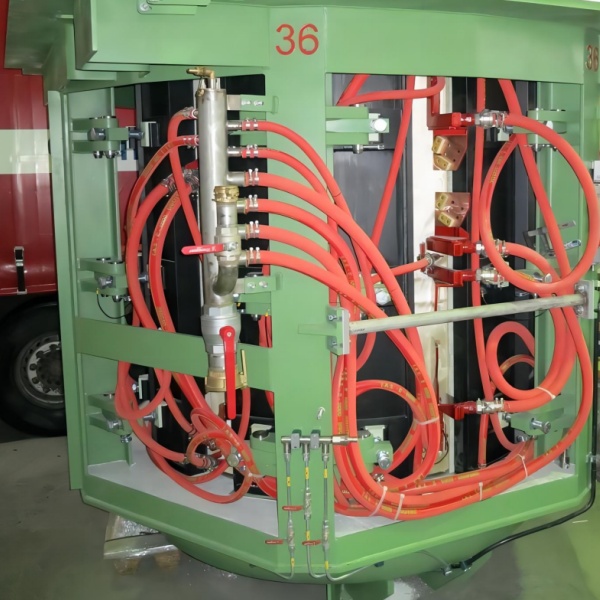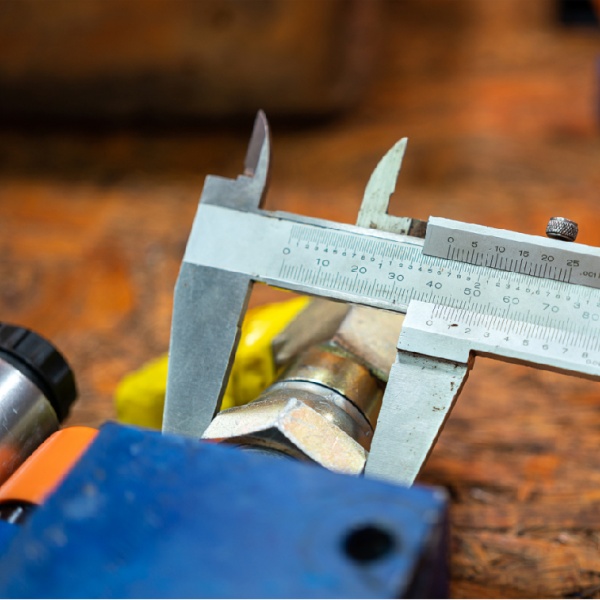Categorías de productos
manguera
Articulación
Equipos hidráulicos
Válvulas de control de fluidos
Tubos rígidos
-
Racores de manguera
- Sellos planos métricos
- Sellos esféricos métricos
- Serie de luces de cono métrico de 24°
- Serie de pesos de cono métricos de 24°
- Sello de cono métrico de 60°
- Sello de cono métrico de 74°
- Sello de cono métrico de 74 ° BSPT Rosca de tubo cónico en pulgadas
- Sello plano de rosca de tubería
- Rosca de tubo británica Sello de cono de 60°
- Junta esférica roscada de tubería
- Rosca de tubo cónico de tela NPT
- Articulaciones
- Sello de cono imperial japonés de 60°
- Sello de cono americano JIC 74°
- Sello plano ORFS de EE. UU.
- Núcleo de doble cara
- Núcleo de caucho interior y exterior de pelado de alambre de acero de seis capas
- Racores de manguera desmontables
- Racores de manguera desmontablesTipo de manguito de tubo métrico
-
Adaptadoras
- Racores de compresión DIN
- Junta tórica roscada métrica Junta plana
- Sello cónico de rosca métrica de 74°
- Junta de sello cónico roscado de 60° de tubería británica de estilo japonés
- Accesorio de sello de cono de 60 ° con rosca de tubería británica
- Accesorios BSPT roscados de tubería cónica en pulgadas
- Accesorios NPT roscados de tubería cónica americana
- Accesorios abocinados de rosca cónica de 74° de EE. UU.
- Accesorios ORFS de junta tórica roscada de EE. UU.
- Articulaciones de navegación
- Uniones de bridas
- Accesorios de compresión gemelos
- Acoplamientos rápidos
- Articulaciones giratorias
-
Conectores industriales
- Conectores TW
- Herrajes franceses
- Herrajes de material compuesto
- Herrajes americanos
- Acoplamientos rápidos estándar alemanes
- Acoplamientos rápidos estándar alemanes
- Conectores higiénicos para alimentos
- Juntas de barro
- Conectores de aire Euro
- Conectores de aire de estilo americano
- Conectores de vapor de estilo americano
- Herrajes alemanes (Geka)
- Acoplamientos rápidos en seco
- Accesorios de prueba de presión
- Accesorios de montaje
- Máquina prensadora de mangueras
- Máquina de preinstalación de férulas
- Máquina de extrusión de extremos de tubos
- Máquina cortadora de tubos hidráulica
- Arandela de manguera
- Banco de pruebas de presión
- Molde de máquina prensadora
- Máquina peladora de mangueras
- Máquina peladora de manguerasDobladora CNC tridimensional
- Máquina preinstalada con conector
- Industria
- solución
-
Conocimiento
- Características de la tubería de vapor
- Cómo elegir un tubo sin carbono
- Aplicación de tubos aislados en hornos de arco sumergido
- Rompiente
- Características del accesorio de doble tubo
- Características del conector de navegación HB4-4FA-2002
- La diferencia entre la manguera de alambre de acero 4SP y 4SH
- Acoplamientos rápidos de tapón ciego refrigerados por líquido
- Conjunto de tubería de acero de ultra alta pureza
- Manguera de teflón (PTFE) del dispensador
- Instrucciones de instalación del montaje de la manguera
- Núcleo de brida SAE
- Sobre nosotros
- Historia de la marca





